Last month, Sudan’s Blue Nile State declared a state of emergency following a rash of tribal fighting that reportedly left more than 200 people dead.
The conflict was the latest in a decade-long string of clashes in the state, which is perched on the border of Ethiopia and South Sudan.
United Nations Environment Programme (UNEP) research shows at least 40 per cent of all internal conflicts over the last 60 years can be linked to exploiting natural resources – from high-value resources such as timber, diamonds, gold and oil to scarce resources such as fertile land and water.
Ahead of the International Day for Preventing the Exploitation of the Environment in War and Armed Conflict on 6 November, we sat down with Abuelgasim Adam from the United Nations Environment Programme’s (UNEP’s) Sudan office to learn more about the situation in the region, how conflict can impact the environment and the fundamental role of women in building peace.
Q: More than 70,000 people have been displaced in the latest conflict, predominantly between the Hausa and the Funj tribes in Sudan’s Blue Nile. What is causing the conflict, and why is it escalating now?
Abuelgasim Adam (AA): The recent inter-tribal conflict in the Blue Nile is the first of its kind. It started in the Wad Al Mahi locality in mid-July 2022. Conflict, however, is not new to the region, which gone on between the government and opposition groups for over 15 years. The conflict between factions is primarily over territorial control, but natural resources play an important role in defining conflict dynamics.
Blue Nile’s fertile land, diverse forests, and critical minerals have long been sought after to support agricultural and pastoral livelihoods and the region’s diverse energy needs, exploited for economic gain. In some cases, extractive resources, namely gum arabic and gold, contribute directly to financing operations of the different armed groups. This conflict is worrying as it constitutes a political crisis with severe consequences for other longstanding tensions centred on access to and control of natural resources, including land, water and extractive resource sites.
How is the climate crisis impacting conflict dynamics in the Blue Nile?
AA: The situation is exacerbated by the worsening impacts of climate change. Across Sudan, rainfall has become more erratic, dry spells longer and floods more frequent, while population and livestock growth have increased demand for fertile land, reliable water sources, and sustainable livelihoods. There is a risk that the escalation of conflict can make it more difficult to adapt to climate change, limiting mobility and access to economic or environmental resources, particularly among communities that are already vulnerable.
What effect has the conflict had on residents?
AA: First and foremost, the recent clashes have caused a dire humanitarian crisis and threatened the relative peace and stability that the Blue Nile has experienced since the signing of the Juba Peace Agreement. From an environmental perspective, there is a real risk that the impacts of the conflict will further undermine communities’ resilience to climate change, limit access to finance that would enable climate−resilient livelihoods and weaken the natural resource governance structures.
The violence causes the population to turn to armed groups as a last resort since the country has been without a fully functional and civilian-led government for months, a government that can re-establish the authority of the state across the country. It also increases competition over scarce resources, further fuelling migration and displacement.
Along with UNDP, UN Women, and the UN Peacebuilding Fund, UNEP is delivering a project to enhance natural resource governance and create climate-smart opportunities for residents. How can this foster peace?
AA: Unlike past peacebuilding projects, fundamental to this project’s success is the community environmental participatory approach, through which communities take responsibility and are empowered to manage their local environment and natural resources. It is a participatory process, providing a forum for all stakeholders – including women and youth. It enables individuals to be informed, see the bigger picture, and build consensus on key environmental issues, agreeing on solutions that concern the community. Community engagement is strong and enables marginalized groups to play a leading role in building environmental solutions that contribute to peace.
The project focuses on the empowerment of women change agents. Why focus on women specifically?
AA: Women play an essential role in supporting families through their participation in natural resource-based livelihoods, including agricultural production, harvesting of forest products, artisanal mining, and water and fuel collection. In times of conflict, women’s natural resource-related roles can expose them to elevated risks of violence, including sexual and gender−based violence, when travelling far from their homes to access natural resources. In some cases, we see women travel to places considered too dangerous for male household members or work under risky conditions in mining sites.
What is the role of women in advancing peacebuilding in the region?
AA: The economic and political exclusion of women limits their say, access and control over resources, including natural resources. Experiences from other parts of Sudan showed that when women are involved in natural resource governance mechanisms, plans and policies more accurately address the range of peacebuilding and environmental challenges communities face. Empowering women as leaders in natural resource management can also create a launch pad for women’s empowerment in other governance or peacebuilding mechanisms.
The over-exploitation of natural resources has long been a problem in the state. Unsustainable logging, the expansion of artisanal mining, and land-clearing fires are common. How can you encourage communities that rely on these resources to be more sustainable?
AA: A vicious cycle, the lawless situation that derives from conflict leads to unequal control, exploitation and overuse of natural resources, which in turn fuels the conflict itself. We focus on reminding communities of the importance of the sustainable use of resources. Good governance, community awareness raising, and provision of alternative options are essential. The project also supports the introduction of fuel-efficient stoves, the use of alternative building technologies, and the promotion of solar energy and climate-smart agriculture, all of which help safeguard nature while improving lives.
This project is bringing opposing factions face to face for negotiations, often for the first time in years. Why is that important?
AA: Bringing opposing factions together to discuss shared natural resources issues is key to addressing differences. When these factions face each other and share their views, mediators will bridge the gap and facilitate direct interaction. This way, they start listening to each other, and through time, a relationship is built, leading to shared visions for the benefit of the area.
The climate crisis is expected to lead to higher temperatures and more variable conditions in the Blue Nile state. Can there be peace in this environment?
Yes, because all the conflicts in the Blue Nile, including the recent one, are political in the first place but can be exacerbated by climate change. Therefore, opportunities for peace depend primarily on addressing political development issues and, at the same time, on building community resilience to climate change through adaptation.
UNEP is working in collaboration with the United Nations Development Programme (UNDP) and UN Women on the project ‘Supporting Sustainable Peace in the Blue Nile Region through Gender−Responsive Natural Resource Governance, Inclusive Conflict Resolution Mechanisms and Climate−Resilient Livelihoods’. The project is funded by the UN Peacebuilding Fund (PBF).
UNEP is at the front in support of the Paris Agreement goal of keeping the global temperature rise well below 2°C and aiming – to be safe – for 1.5°C, compared to pre-industrial levels. To do this, UNEP has developed a Six-Sector Solution roadmap to reducing emissions across sectors in line with the Paris Agreement commitments and in pursuit of climate stability. The six sectors are Energy; Industry; Agriculture and Food; Forests and Land Use; Transport, and Buildings and Cities. The UN Climate Change Conference (COP27) in November 2022 will focus on adaptation, finance and a just transition – and you can do your part by acting now on your own consumption or speaking up to voice your concerns.
Source: Unep



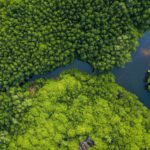

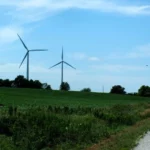

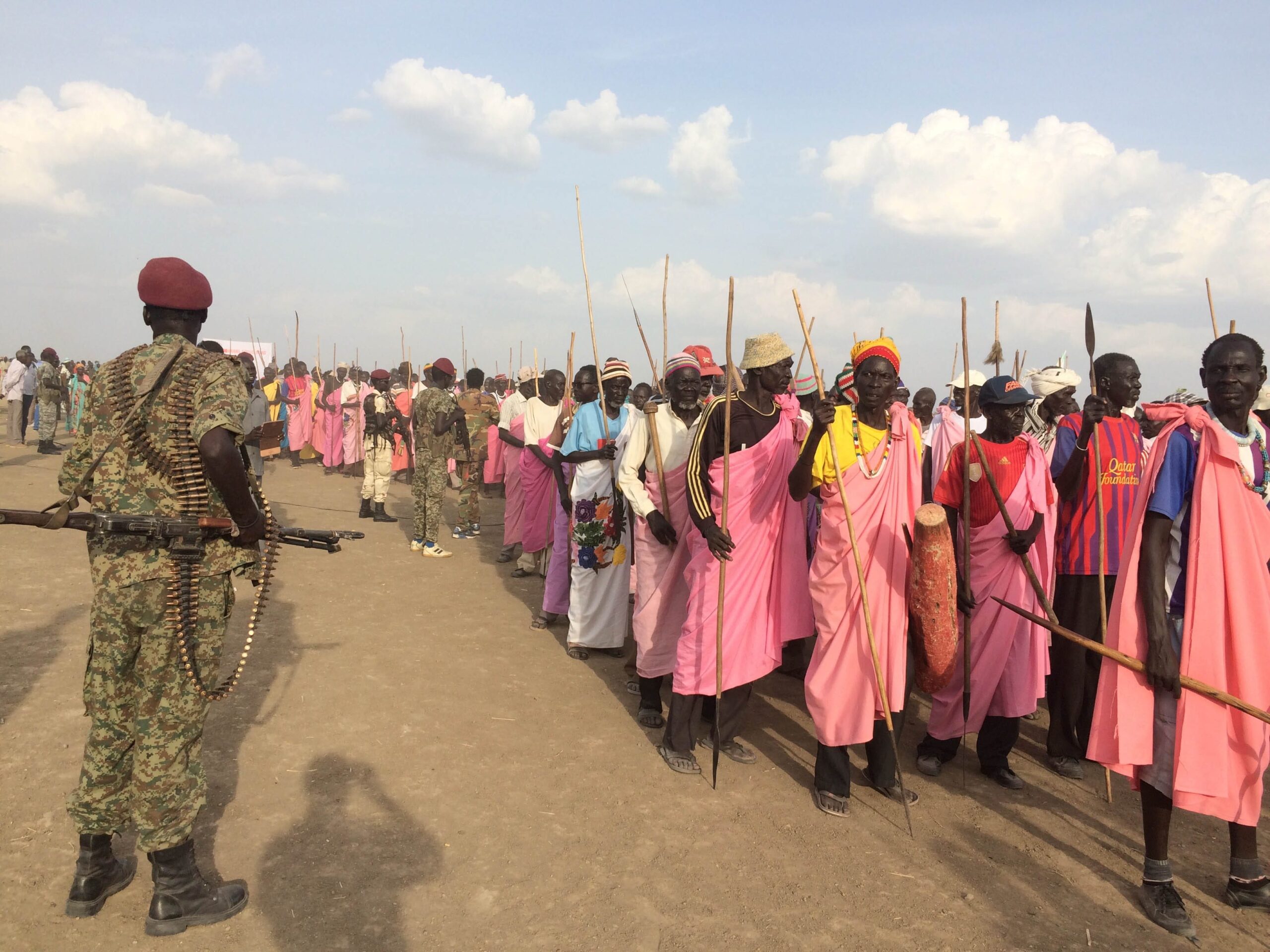
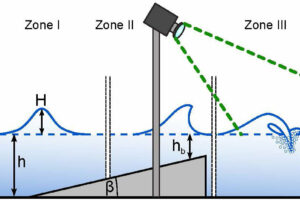
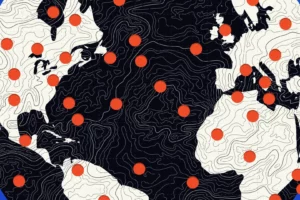
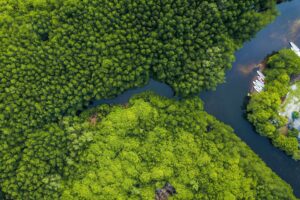
Add Comment